Studs
Types of Studs

Long Studs

Short Studs

Double Ended Studs
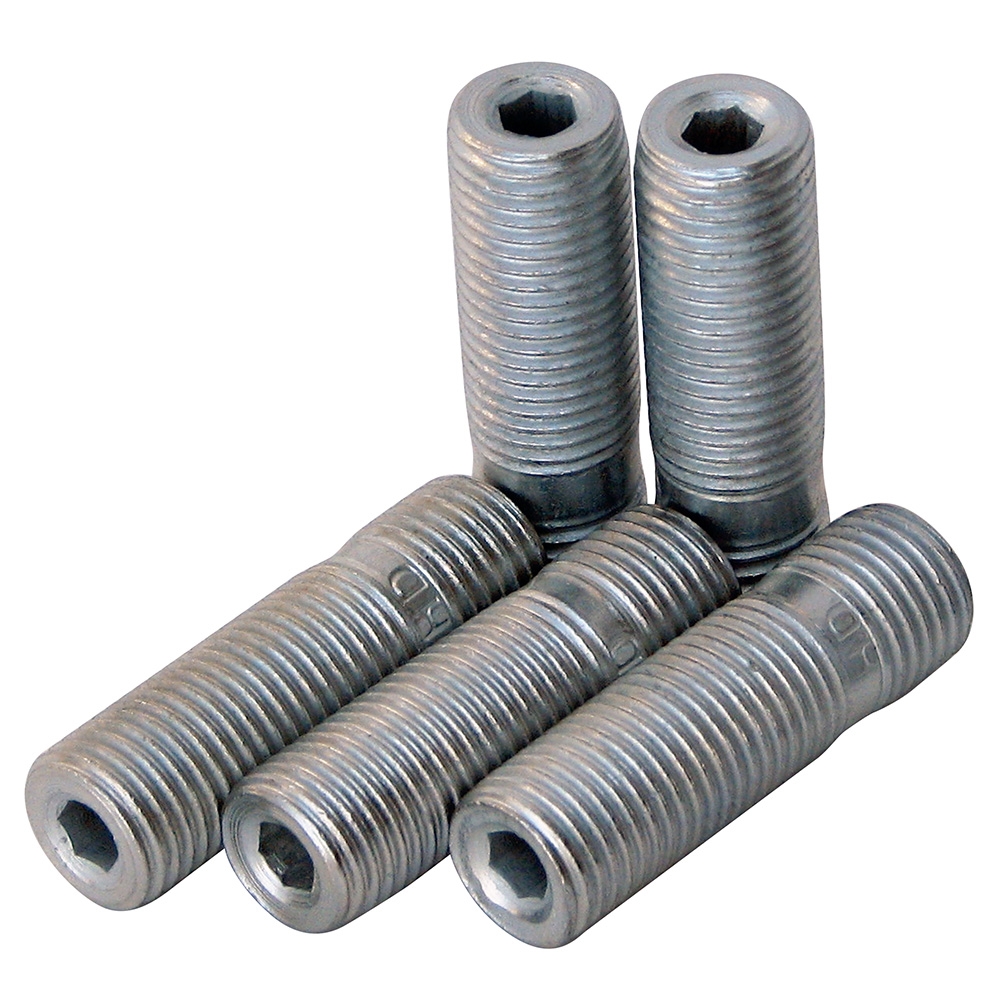
DIY Studs
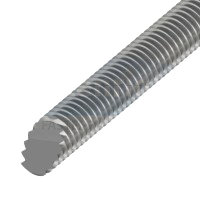
Angle Cut Studs

Half Thread Studs

Reduce Ended Studs

Weld Studs
REQUEST A QUOTE FOR MORE DETAILS
Guide 1
What are the Studs?
A stud is a fastener with no head, which has threads at both ends of the shank. Like a screw, one end is inserted into an internally tapped hole and tightening a nut on the other end induces tension. If a stud is threaded its entire length and a nut is used on both ends to create tension, it serves the function of a bolt and is then classified as a stud bolt.
Guide 2
Parts Name of the Stud
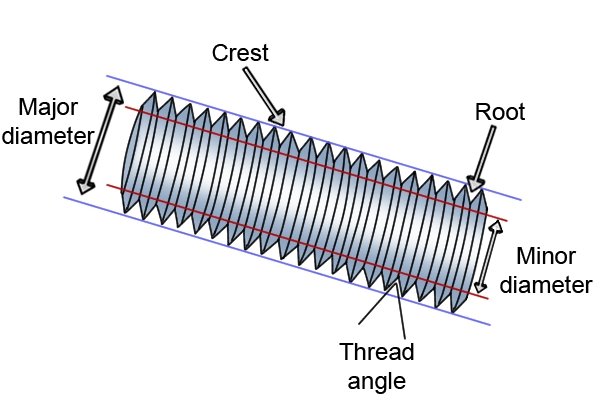
Major Diameter: This is the diameter of an imaginary cylinder parallel with the crests of the thread; in other words it is the distance from crest to crest for an external thread, or root to root for an internal thread.
Crest: The surface point, at which the thread joins the thread flanks.
Root: The root is the bottom of the groove between the two flanking surfaces of the thread whether internal or external.
Minor Diameter: This is the diameter of an imaginary cylinder which just touches the roots of an external thread, or the crests of an internal thread.
Thread Angle: The angle of a thread is the angle between the flanks.
Guide 3
Meaning of Stud Grade
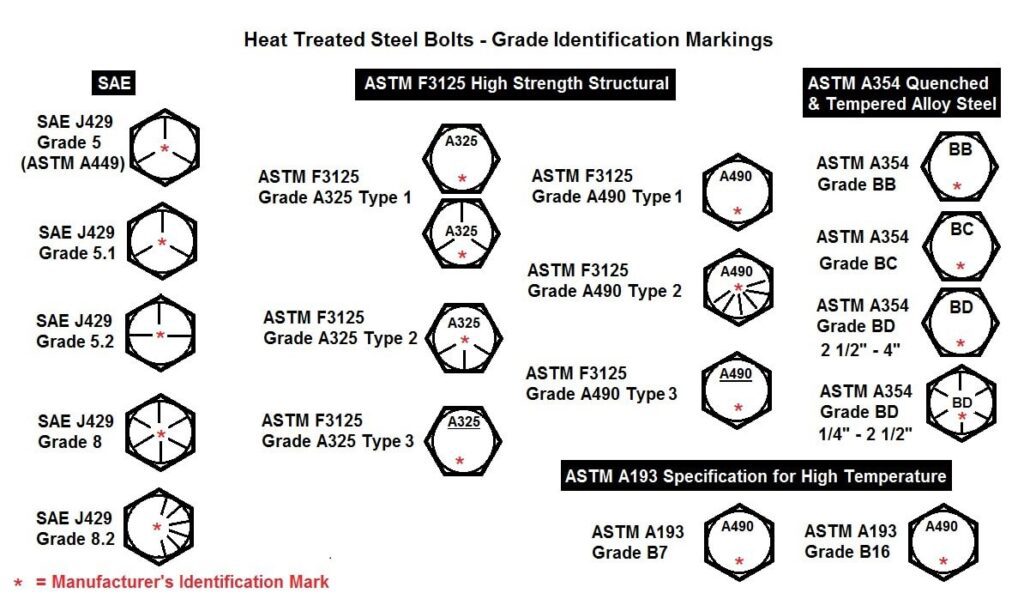
There are three main systems of stud classification: SAE, Metric, and ASTM.
SAE Stud Grades—The standards for stud strength grades in the U.S. are set according to a system developed by the SAE (Society of Automotive Engineers).
Metric Stud Grades—Metric grades are set according to rules set by the ISO (International Standards Organization). The grades consist of two numbers separated by a dot.
ASTM Stud Grades—The ASTM grade standard is set by the American Society for Testing and Materials.
Grade: Used for externally threaded INCH fasteners to designate the strength of the fastener.
Class: Used for METRIC fasteners to designate the fastener strength. Class is a material designation equivalent to the US term Grade.
Guide 4
Designation of the Stud
INCH FASTENERS
Studs shall be designated by the following data in the sequence shown:
(a) product name
(b) product standard (ASME B18.31.2)
(c) nominal diameter and thread pitch for Class 2A screw threads
(d) nominal length
(e) protective finish, if required
See the following examples:
EXAMPLES:
(1) Continuous thread stud, ASME B18.31.2, 1/2″-13×4″, SAE J429
Grade 5, zinc plated per ASTM F1941 Classification Code Fe/Zn 5A
METRIC FASTENERS
Studs shall be designated by the following data in the sequence shown:
(a) product name
(b) product standard (DIN975)
(c) nominal diameter and thread pitch for 6g screw threads
(d) nominal length
(e) protective finish, if required
See the following examples:
EXAMPLES:
(1) Stud bolt DIN 976-1 – M10 × 80 – B – Class 8.8 – ZP per ISO4042
Guide 5
Inspection of Studs
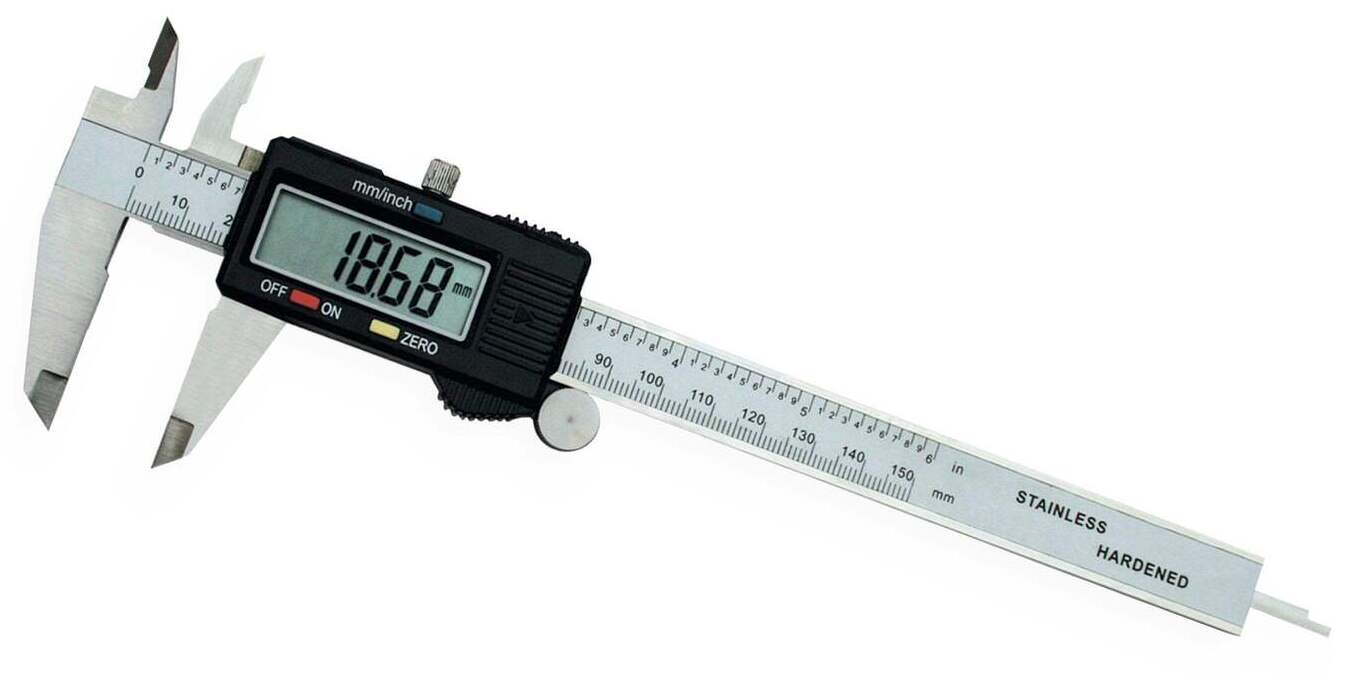
Vernier Caliper
Will use vernier calipers to measure the basic dimensions of studs, like body diameter, length and so on.
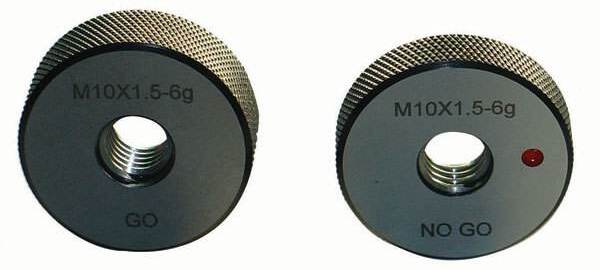
Thread Plug&Ring Gauge
Will use thread plug&ring gauge to test GO/NO GO, including metric thread (Coarse&Fine), inch thread (UNC&UNF).

Tension Testing Machine
Will use the tension testing machine to test the tensile strength of studs. Omit the low grade, like Class 4.8, Grade 2.
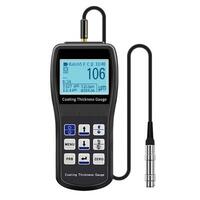
Coating Thickness Gauge
Will use coating thickness gauge to measuere the thickness of the coating layer, such as ZP, HDG.
Guide 6
Packaging of Studs

Usual Packaging
Label: black text on white, no pattern and barcode
Carton: standard double corrugated neutral carton, bulking packing, maximum load bearing: 25kg per carton
Pallet: Europe Fumigation Pallet, 36 cartons per pallets, Width 800mm x Length 1200mm
Guide 7
Production Time of Studs
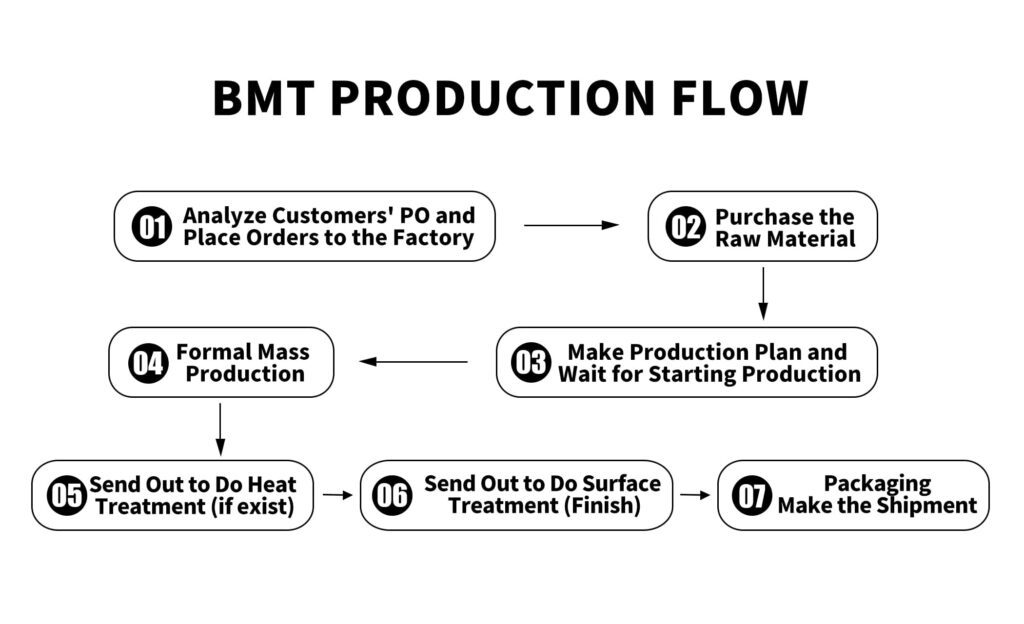
Flow 01: Need 3 Days – Analyze Customers’ PO and Place Orders to the Factory
Flow 02: Need 10 Days – Purchase the Raw Material
Flow 03: Need 15 Days – Make Production Plan and Wait for Starting Production
Flow 04: Need 15 Days – Formal Mass Production
Flow 05: Need 7 Days – Send Out to Do Heat Treatment (if exist)
Flow 06: Need 7 Days – Send Out to Do Surface Treatment (Finish)
Flow 07: Need 7 Days – Packaging, Make the Shipment
Total Time: 60 Days to 70 Days
Guide 8
Inquiry Required Content
Let us know who you are, and we can contact you in time.
We will give you a more reasonable price.
Let us know your needed product well.
Let us know if the products need to do the heat treatment.
Zinc Electoplated or Hot Dip Galvanized Coating or Zinc Flake Coating…
Our MOQ is about 1 pallet (900KGS) per size.
If it is a customized package, we will send the carton/label to you by courier for confirmation before packaging.
We will make a more suitable production plan for you.
FOB (We usually quote based on FOB ), CIF, FCA
This information is important before mass production. We will adjust the production plan according to your requirement.
